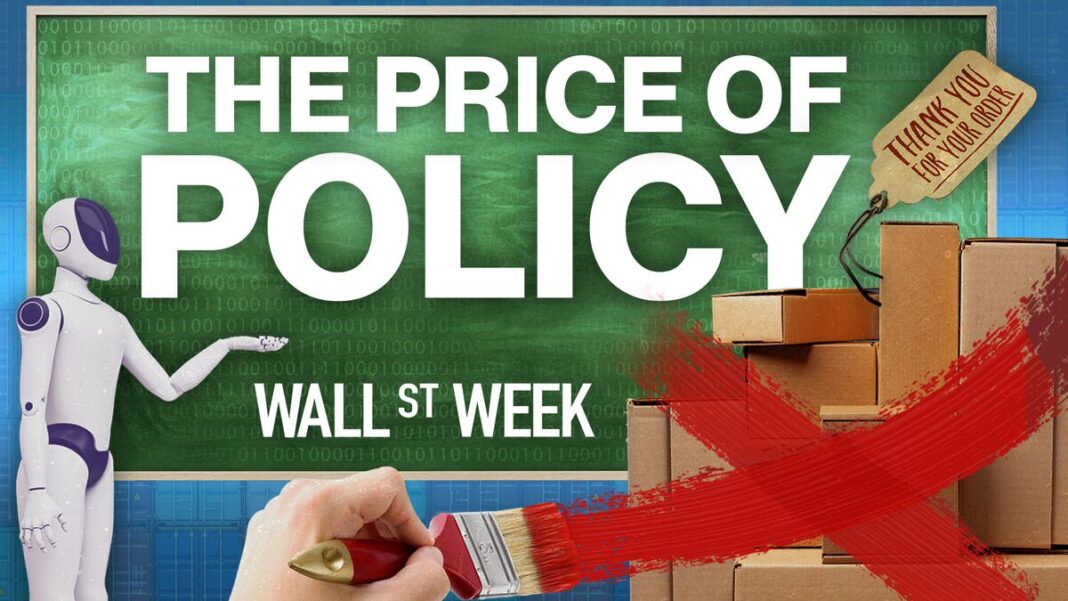The Growing Immigration Detention System in America: Who Benefits?
In recent years, immigration detention in the United States has escalated significantly, leading to intense debate about its implications. A growing number of immigrants are being held in facilities meant to manage their legal status while they await proceedings. But who truly benefits from this expanding system?
A Profitable Industry
The immigration detention system is, at its core, a booming industry. Private companies have increasingly capitalized on this growth, running numerous detention centers nationwide. Facilities operated by private companies often offer services to the government at a higher cost compared to public institutions, raising questions about the ethical sourcing of taxpayer dollars. These corporations prioritize profit, which can lead to cost-cutting that impacts the quality of care and conditions for detainees.
Furthermore, these companies often lobby for stricter immigration policies to maintain high occupancy rates in their facilities. Many Americans remain unaware that financial incentives may be driving policies that affect vulnerable populations. Understanding this relationship is crucial for anyone advocating for humane immigration reform.
Immigration Detention and Public Opinion
Interestingly, public opinion on immigration often reflects a disconnect between empathy for the individual experiences of detainees and broader political narratives surrounding immigration. While many Americans value human rights and advocate for fair treatment, fear-based rhetoric can skew perspectives. Polls indicate that a subset of the population perceives strict immigration control as synonymous with national security, which feeds into the demand for more detention facilities.
However, there’s a growing movement among activists and organizations advocating for alternative approaches to immigration management—approaches that center on community support rather than detention. Reassessing public sentiment provides essential insights into how immigration policies could evolve toward more compassionate solutions while still addressing legitimate security concerns.
Market Predictions vs. Polls: The Case of Polymarket and Kalshi
As data-driven approaches continue to pervade various sectors, platforms like Polymarket and Kalshi are shaking up traditional polling methods. These prediction markets allow individuals to wager on various outcomes, placing their bets on political events, social changes, and even economic trends.
Bolstered by the rise of technology, these platforms enable participants to leverage collective wisdom and insights from various perspectives. While conventional polls can be skewed by biased questions or insufficient sampling, prediction markets often reflect a more nuanced understanding of public sentiment. Participants have a vested interest in accurately predicting outcomes, making these markets potential barometers for future trends.
In the age of disinformation, relying on these alternative methods could foster a more informed electorate. As Americans engage further with these platforms, the dialogue surrounding them will also likely evolve, prompting discussions about their influence and reliability compared to traditional polling.
Tariff Changes: Impact on Small Businesses and Consumers
In an effort to counteract China’s economic influence, the U.S. has introduced new tariffs that have unintended consequences for small businesses and everyday consumers. While the intention is to level the playing field and protect American industries, the fallout can disproportionately affect small businesses that lack the financial resilience of larger corporations.
Many small enterprises are caught in a precarious position: compelled to raise prices to keep margins intact while simultaneously losing customers to competitors who can absorb the cost. This cycle often leads to reduced economic diversity as smaller players struggle to survive against larger entities with more financial muscle.
The pressure is felt at the consumer level, too, as end-users experience a squeeze on their finances due to higher prices for formerly affordable goods. As the government navigates these policy changes, understanding their real-world impacts becomes crucial for formulating strategies that protect not only national interests but also everyday Americans.
The Role of AI in Education: A Double-Edged Sword
Artificial intelligence (AI) has made significant inroads into various sectors, and education is no exception. Teachers, often overwhelmed by large classroom sizes and increasing workloads, are turning to AI tools that promise to alleviate some of these burdens. From automating administrative tasks to providing tailored learning experiences for students, AI holds the potential for enhancing educational outcomes.
However, this digital transformation raises questions about the role of the educator. As technology becomes more integrated into the teaching process, the essence of what it means to be an educator may shift. The personal connections that teachers forge with students are irreplaceable, and there is a fine balance between leveraging technology and maintaining that human element in education.
The reliance on AI may also trigger discussions about equitable access. Schools in economically disadvantaged areas may struggle to implement advanced technologies, further entrenching educational disparities. As educators navigate this new landscape, ongoing dialogue will be vital to address these challenges and maximize the benefits of AI in classrooms.
By exploring these interconnected issues—immigration, economic policies, predictive markets, and the evolution of education—we gain a richer understanding of the complexities shaping American society. Each facet reflects broader trends that challenge traditional notions and prompt critical discussions about our future.



